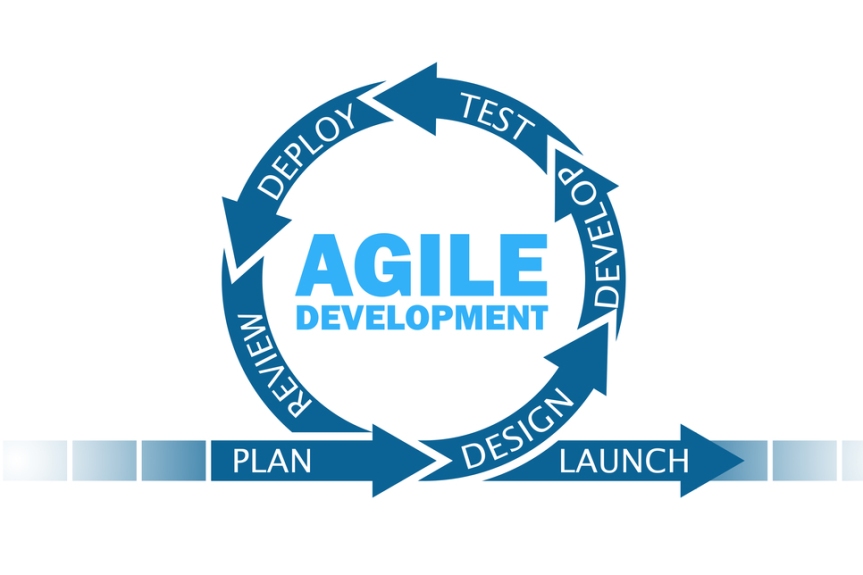Eye no that a Lot of ppl dont Right to gud. That shudnt keep ppl frum Riteing. Lot's of ppl dont Right gud. Did you have trouble reading that paragraph above? I actually had trouble writing it. The late Harry Chapin had a song called Six String Orchestra in which he intentionally plays badly. I … Continue reading Dont rite so gud? Don’t let that stop you
Month: February 2019
Testing is important for documentation, too
For those of you who produce documentation, how often have you sent your documents out into the real world, only to have it returned to say it's all wrong? Or have you ever received feedback saying things like "this is difficult to read," "I can't follow this," and so on? One of my most frustrating … Continue reading Testing is important for documentation, too
Treat documents like software
This is a followup to my earlier article about Agile and documentation projects. I'm currently working on a document in which I'm outlining a group of processes within our application. My manager sent me a JIRA ticket to track the project. The ticket includes a few sub-tickets to track some of the specifics of the … Continue reading Treat documents like software
The CrossFit Open 2019
This morning, I registered for this year's CrossFit Open, which starts tonight. This is the third time in four years that I've signed up for the Open. (I was unable to participate last year due to commitments and subsequent time constraints.) Thousands of participants from around the world, representing many age groups and skill levels, … Continue reading The CrossFit Open 2019
Treat All Sensitive Data as Important
Reblogging another important article by Steve Jones.
We know that not all the data in our company is important. We have databases that contain orders or inventory or schedules, often much of which isn’t easily or directly related to an individual. At least, it’s not if you have a normalized database. If you use SQL Server to emulate Excel spreadsheets, it’s possible that most of the rows of information in your system contain sensitive data.
In some systems, there is definitely some data that is sensitive and needs more care than other data. We know this, and with legislation like the GDPR, we must protect this data. We also need to ensure we know where this data is, and having a good data catalog is important. This is something that few of us have, though I expect this to be a more regular part of our job as data professionals. SQL Server is building data classification into…
View original post 235 more words
When it isn’t appropriate to say “please”
I recently ran a work report that provided a list of diagnostic descriptions within our application. These diagnostics are stored in a database table, and they appear when an issue is encountered within the application. They provide an error code, a description, and a recommended course of action. I was running this report so I … Continue reading When it isn’t appropriate to say “please”
Can Agile and documentation projects co-exist?
When I spoke at the New England SQL user group meeting yesterday, an interesting question came up. An audience member spoke about Agile development, and he mentioned that, because of the nature of Agile, document projects were doomed to fail. At this point, I should mention a few things. I currently work in an environment … Continue reading Can Agile and documentation projects co-exist?
The relationship between technical writing and application UI
During a recent work meeting, we were discussing an online Wiki-like internal document that I'd written. There was mention of a line that needed to be included. I mentioned that I'd need to figure out how to word it, and where it should go -- pretty typical work when editing any technical document. For some … Continue reading The relationship between technical writing and application UI
Learn More than Technology
Nice article by my friend, Steve Jones.
I’ve been lucky and successful in life in many ways. Certainly I’ve worked hard, may long days and nights, but plenty of others have as well. In fact, there are plenty of people I know that have worked more hours, but been less successful. Conversely, I know some that have worked much less and been more successful. It’s hard to know what the best way is for each of us to examine how to move forward in life, but it’s also not really helpful to compare yourself with others as a measurement. What I’d note you should do is decide if you think you’re becoming more or less successful and find your own path.
This could mean very different things to different people, and that’s fine. I don’t want to live other people’s lives. I want to live my own, learning from positive and negative things that happen to others…
View original post 392 more words
Upcoming speaking engagements (as of 2/5/19)
Things are getting busy. My SQL Saturday presentation efforts are paying off. It seems like I have a lot of stuff coming up! So for those of you who are having trouble keeping my schedule straight (like I am), here's what I have so far. February 13 (next week!): I am speaking at the New … Continue reading Upcoming speaking engagements (as of 2/5/19)


